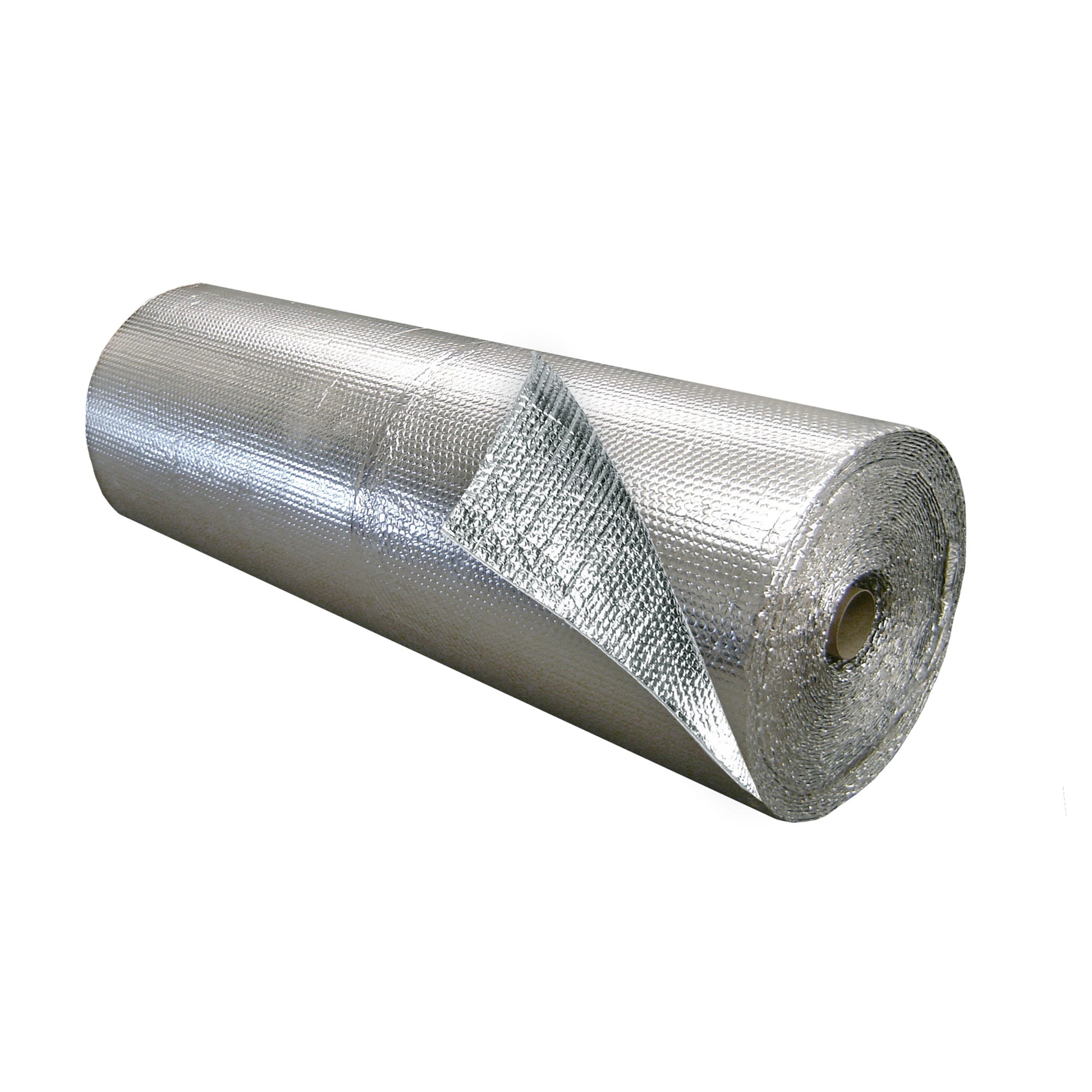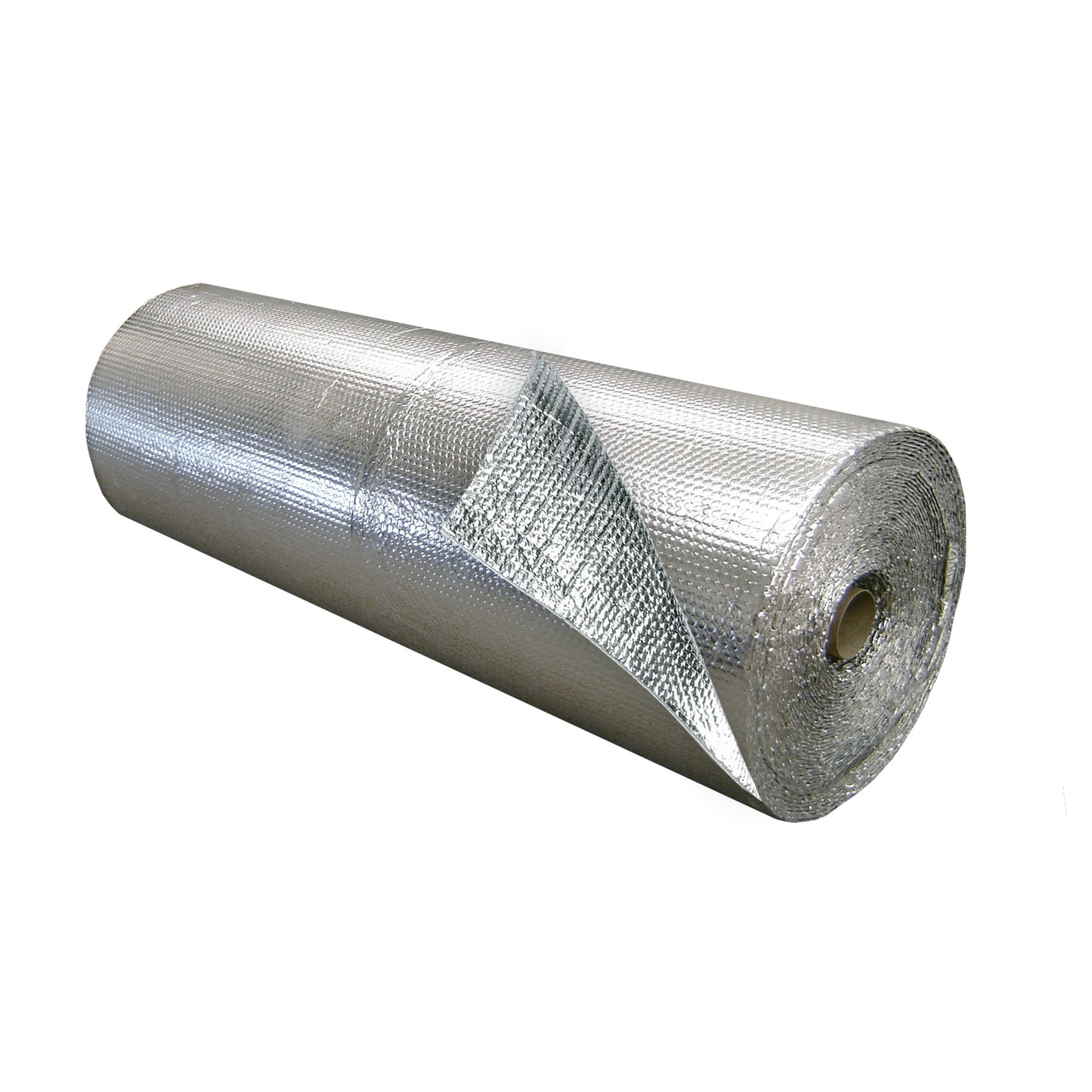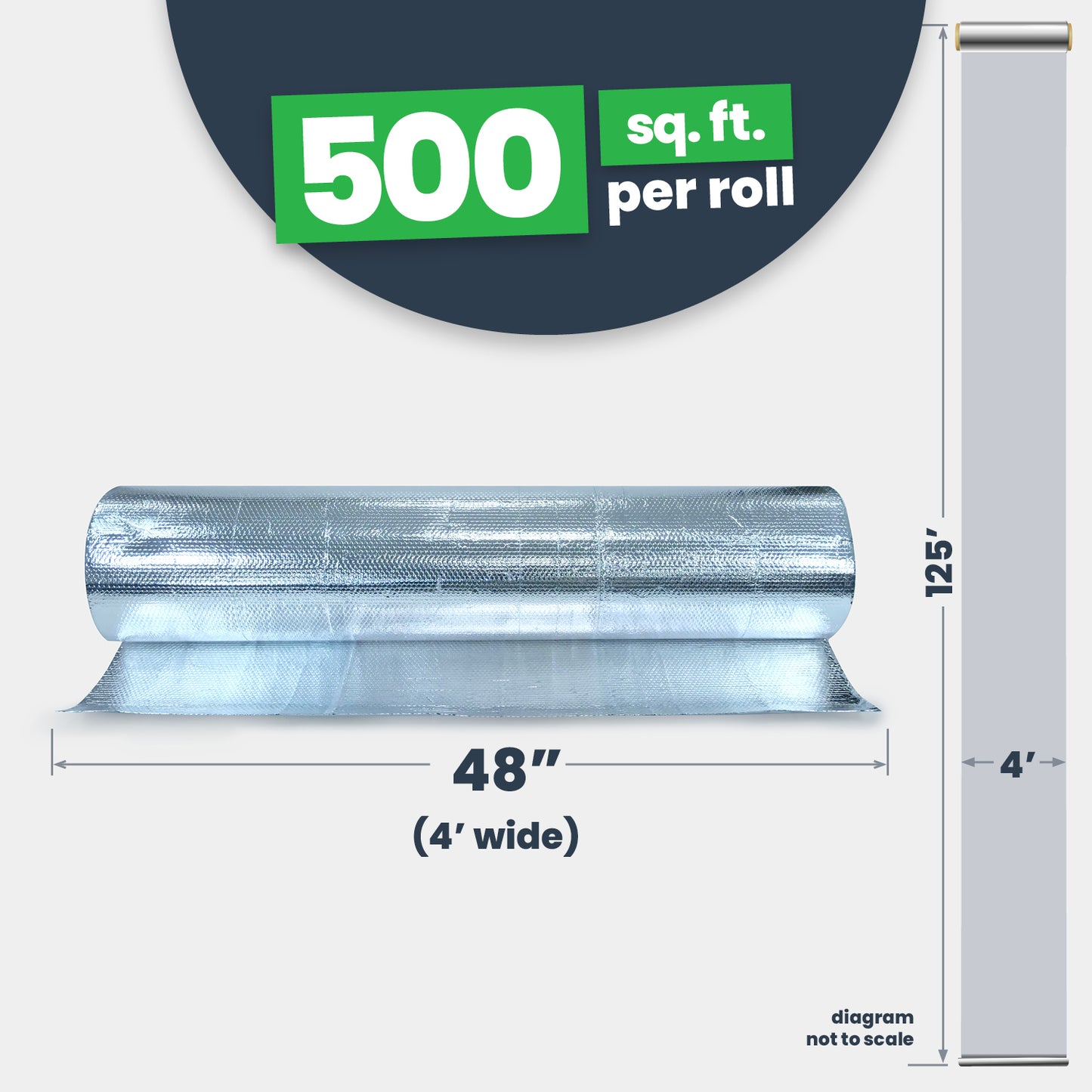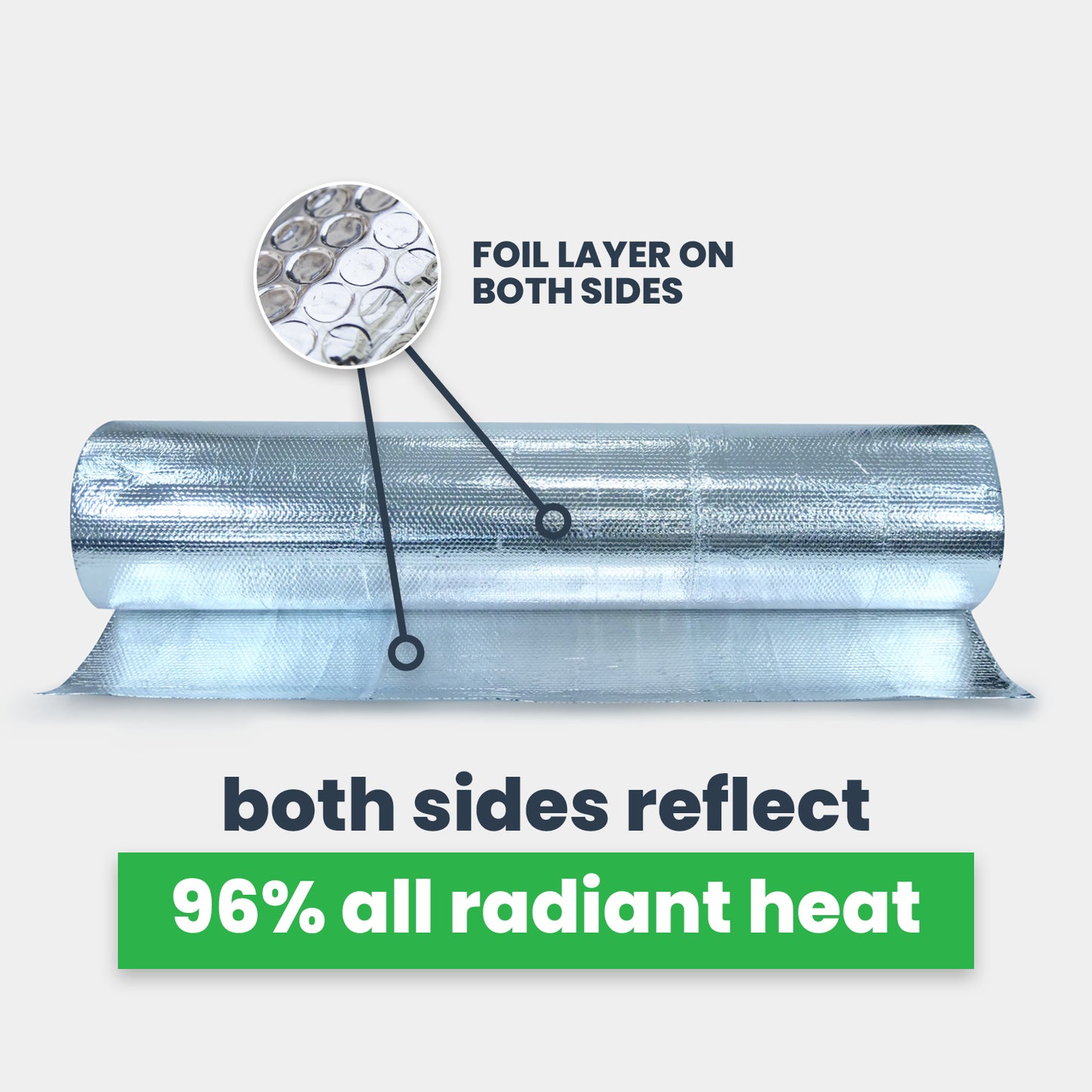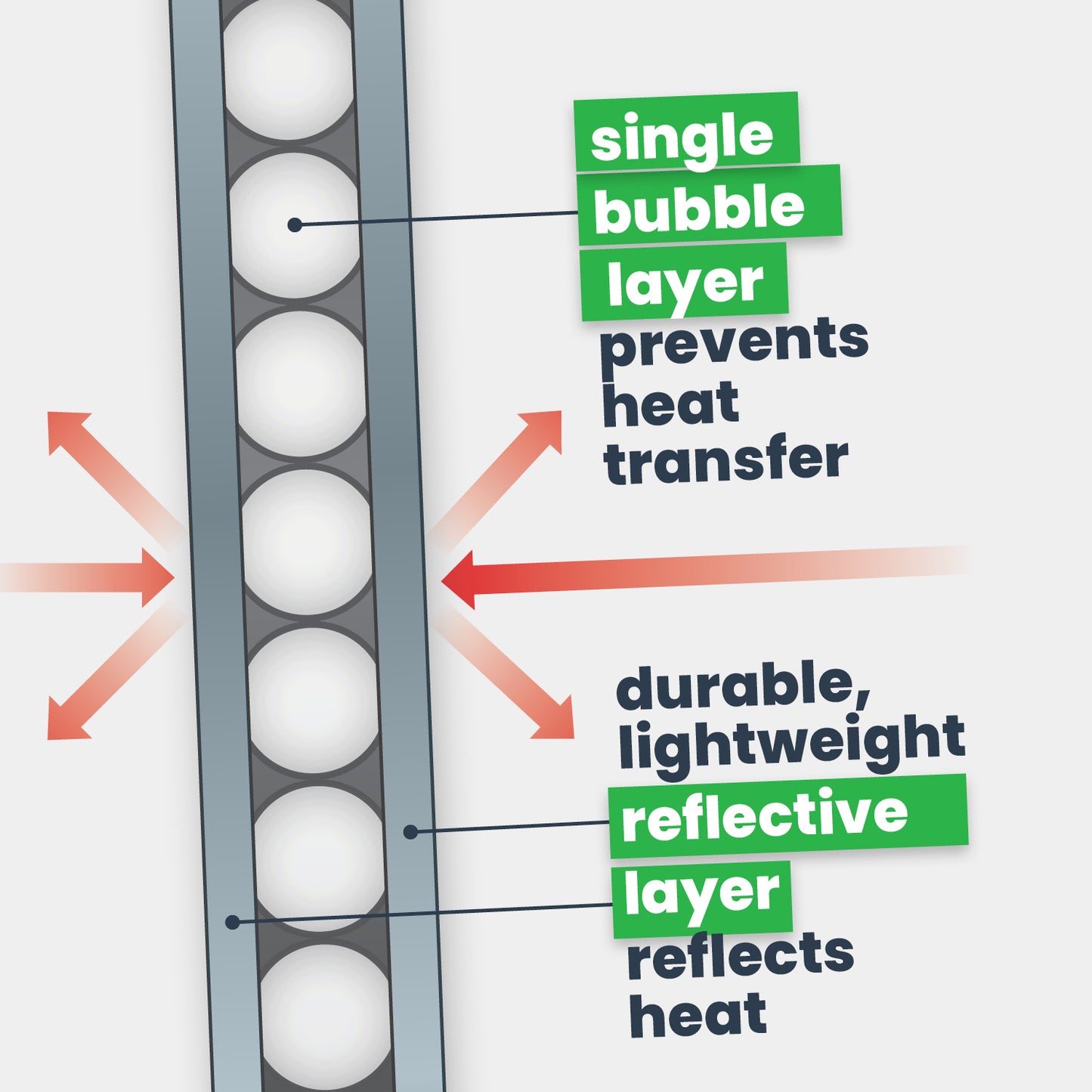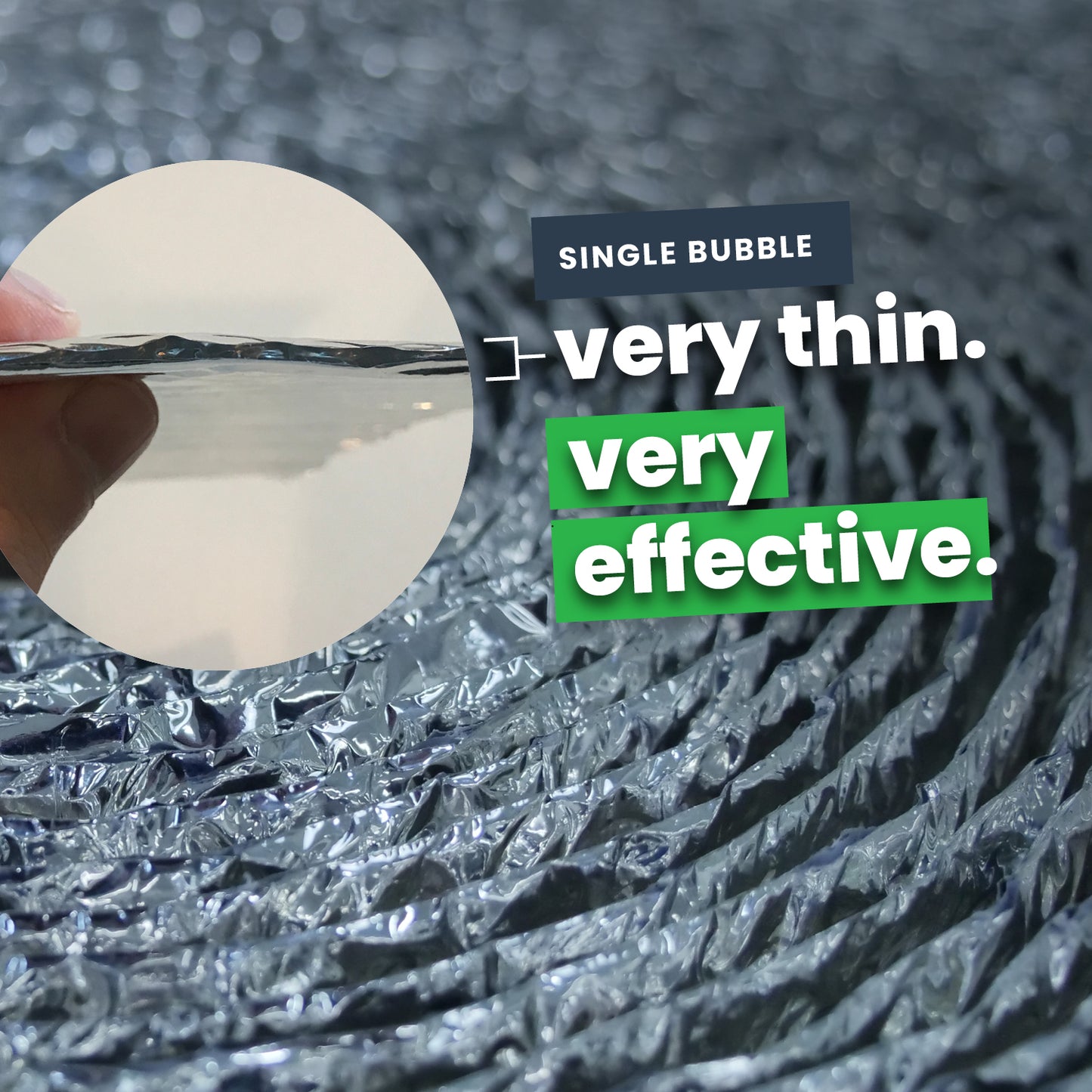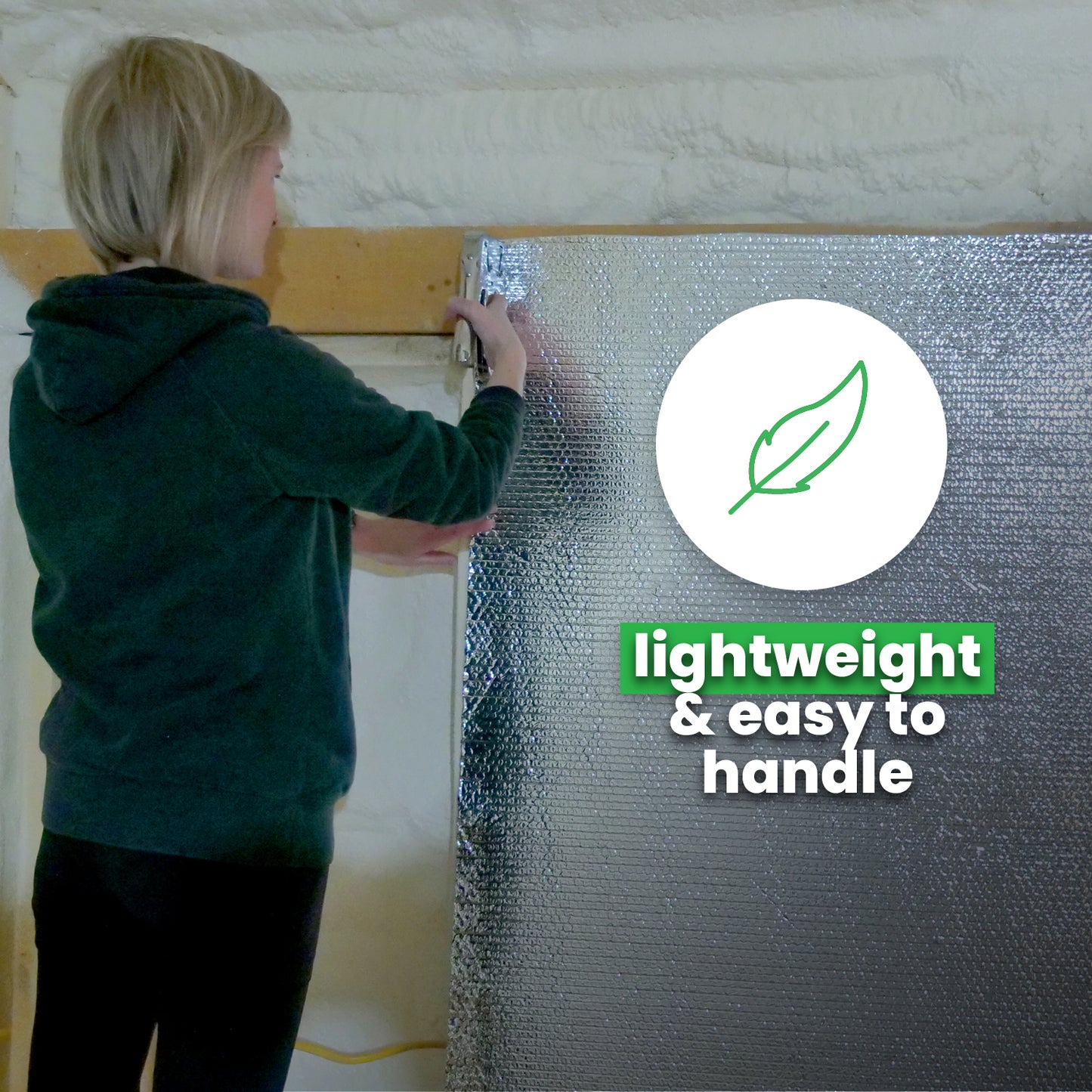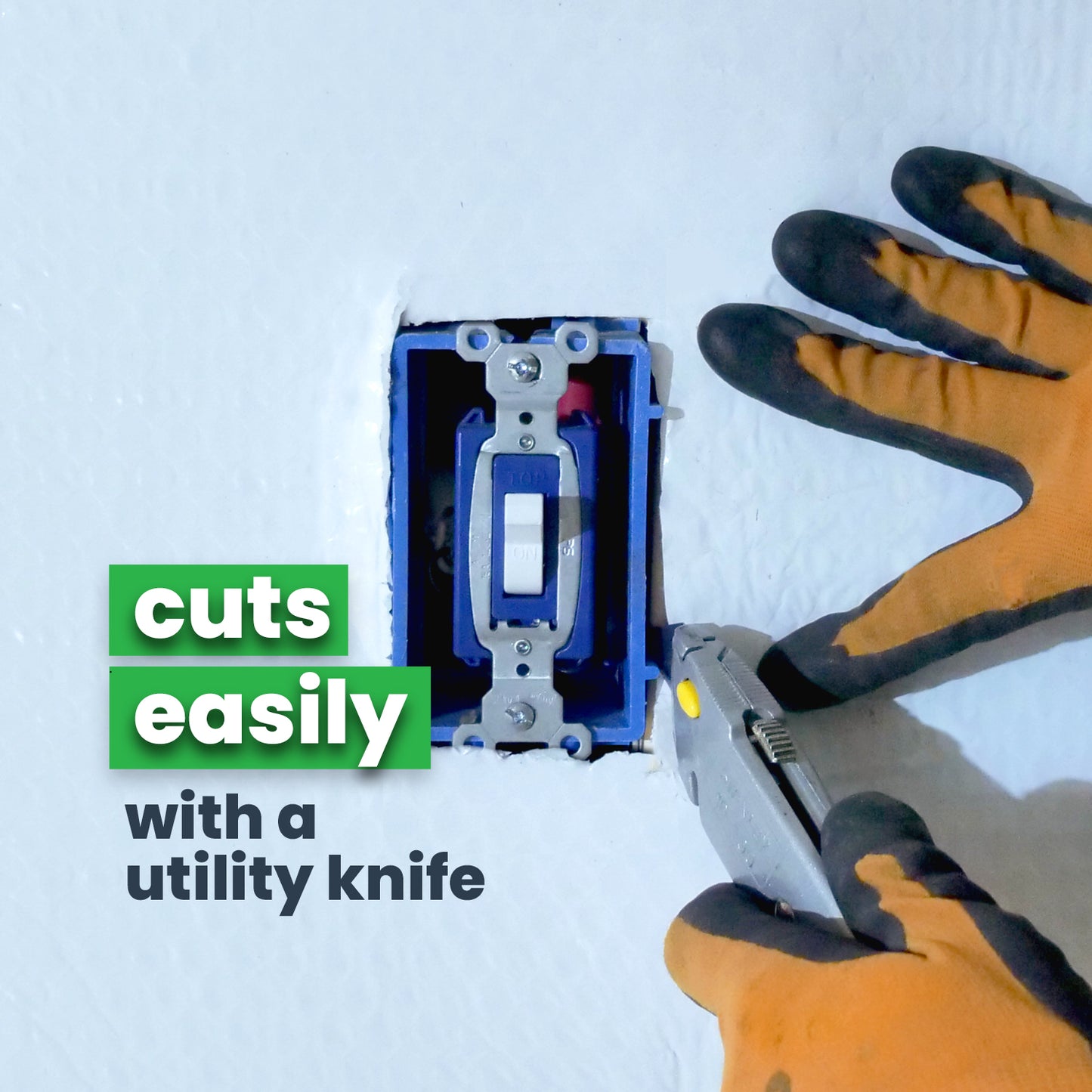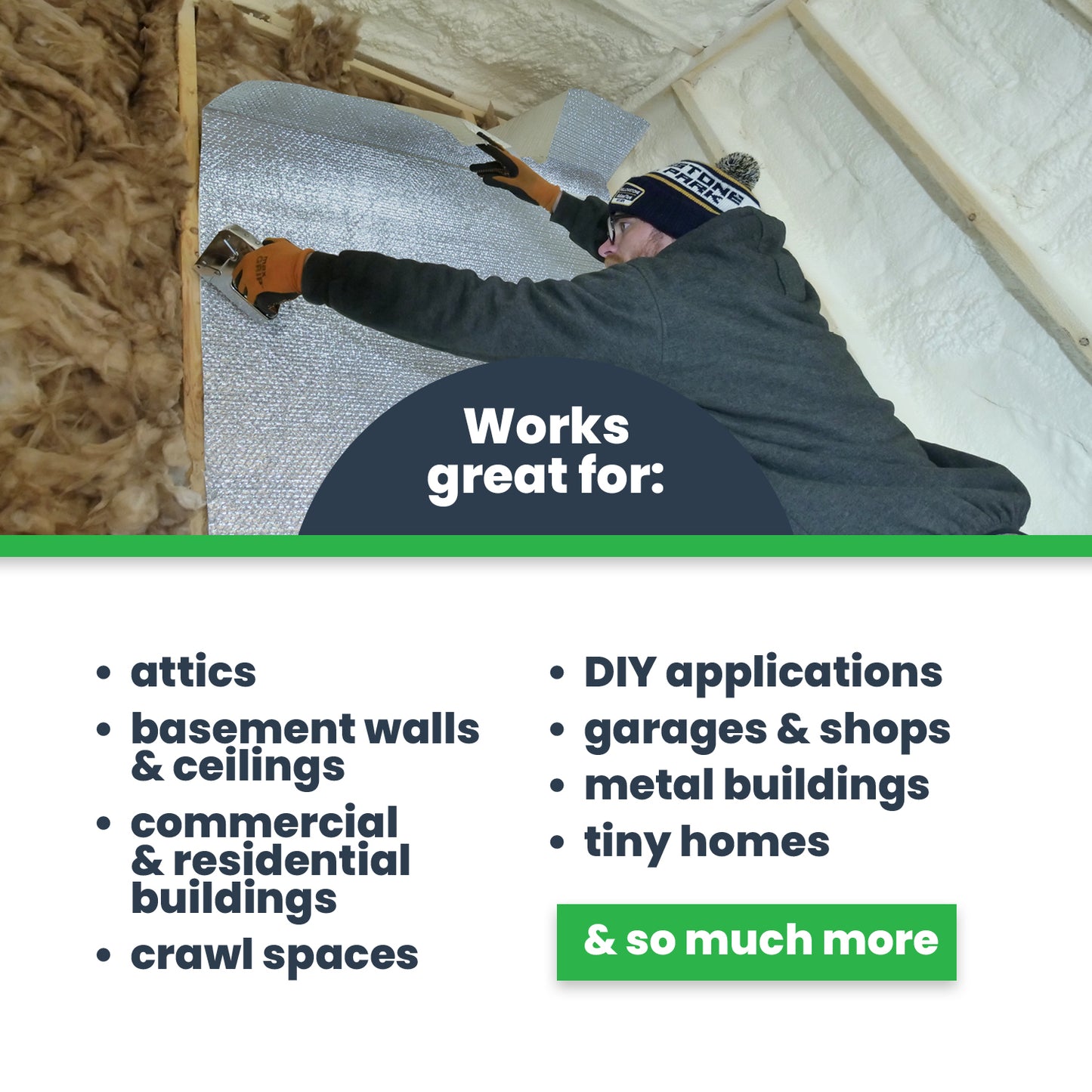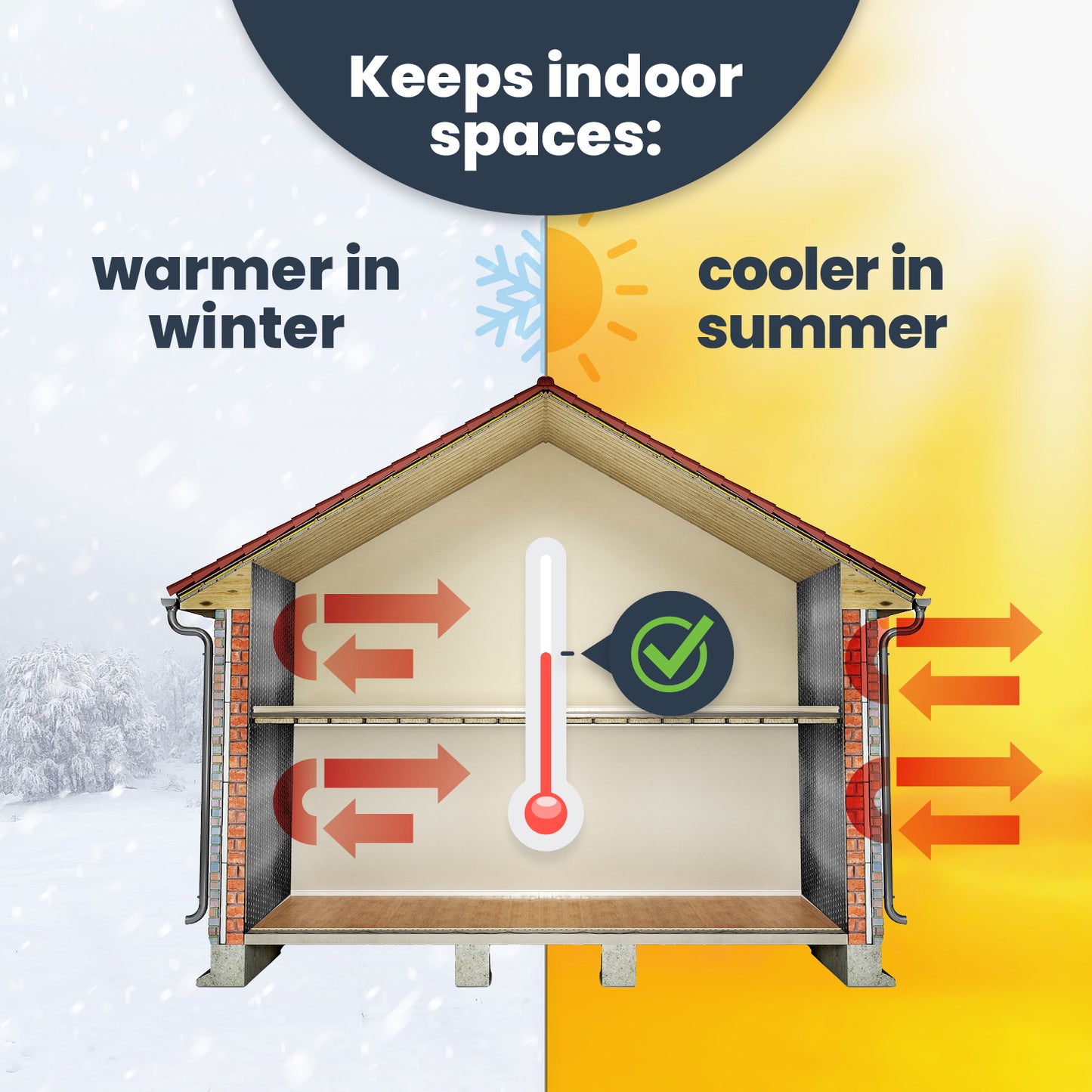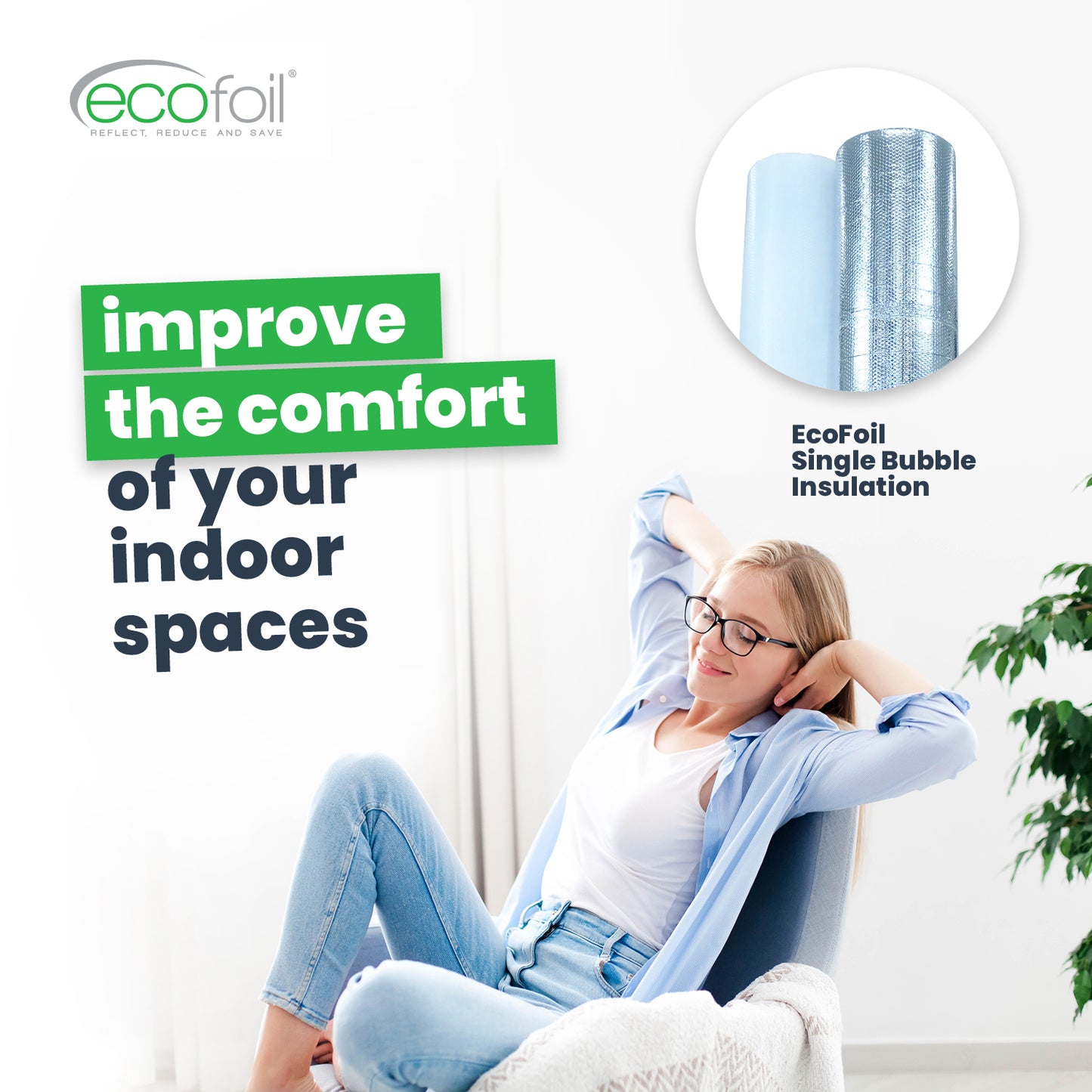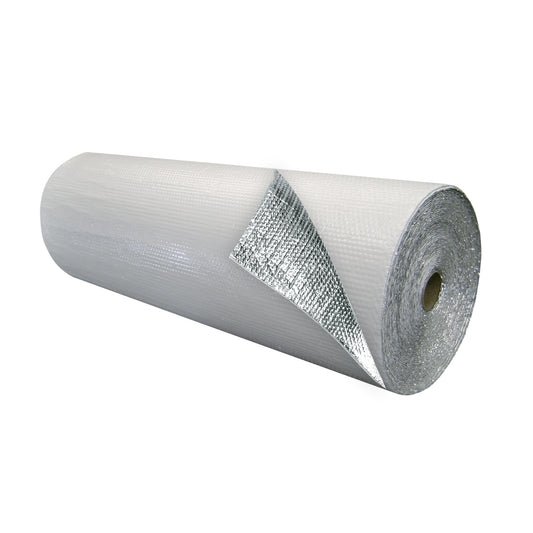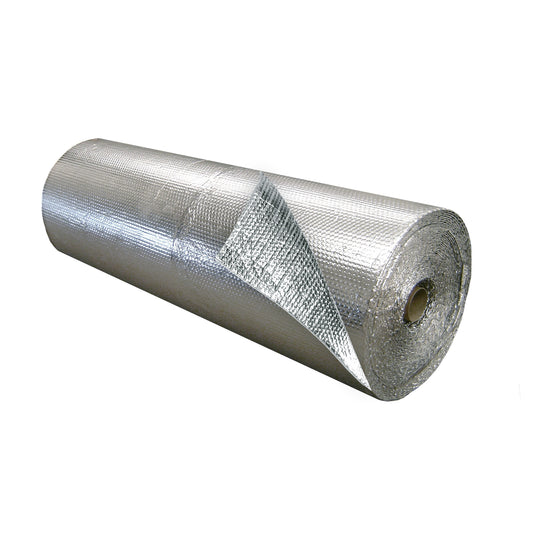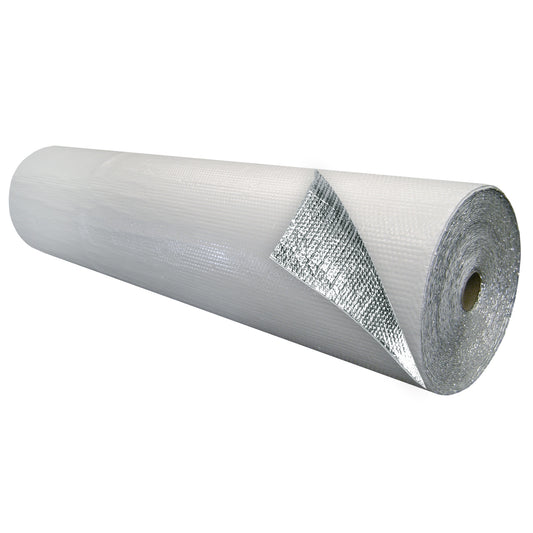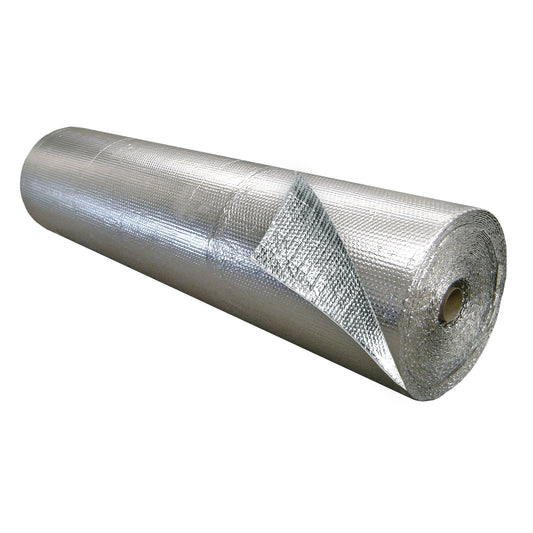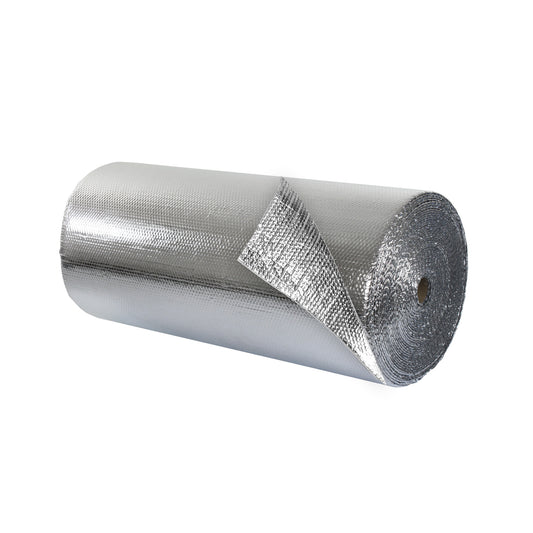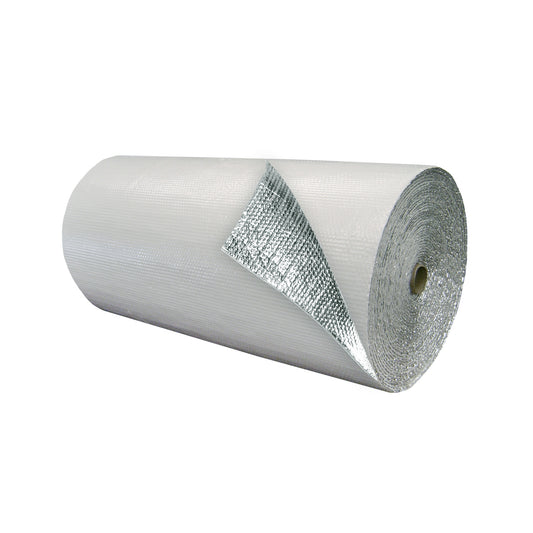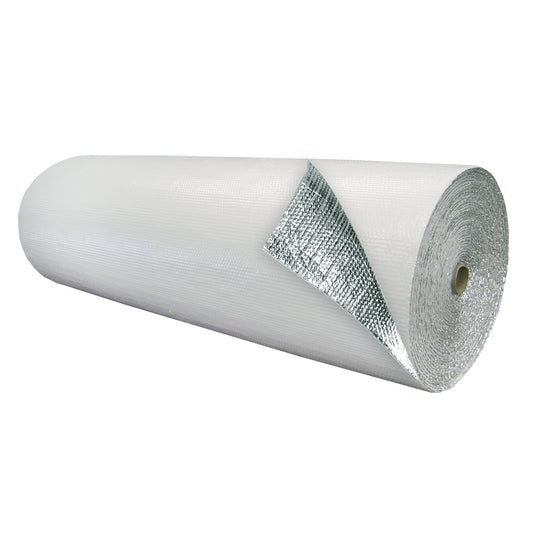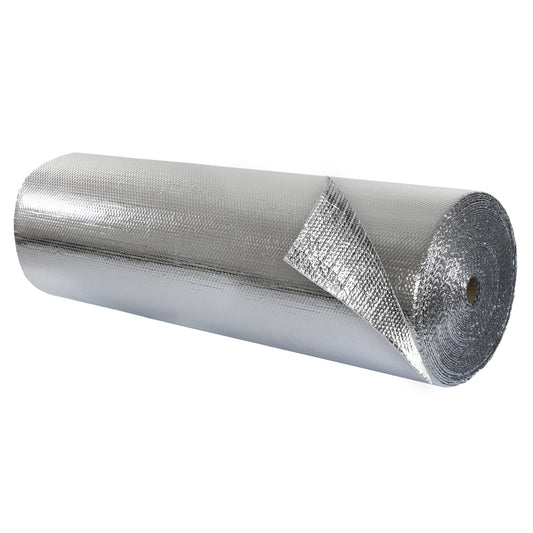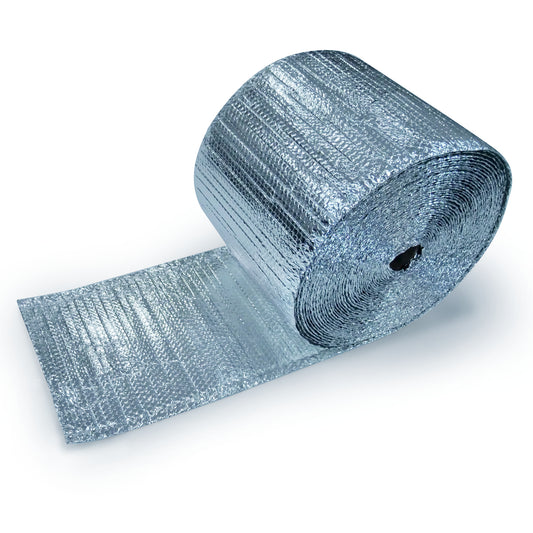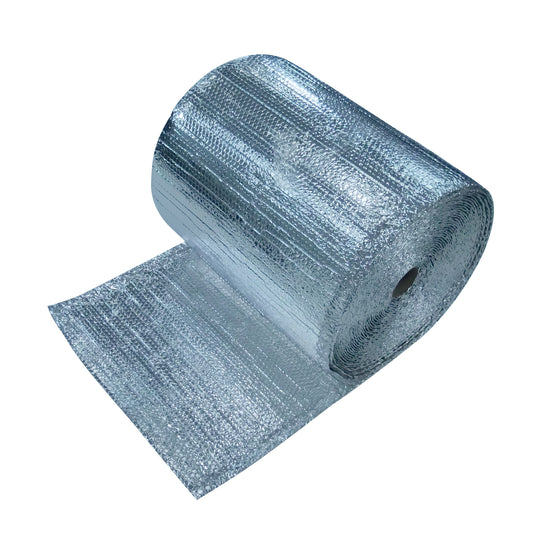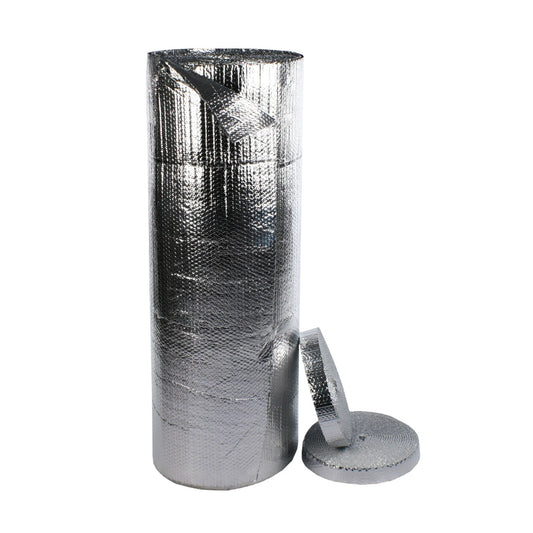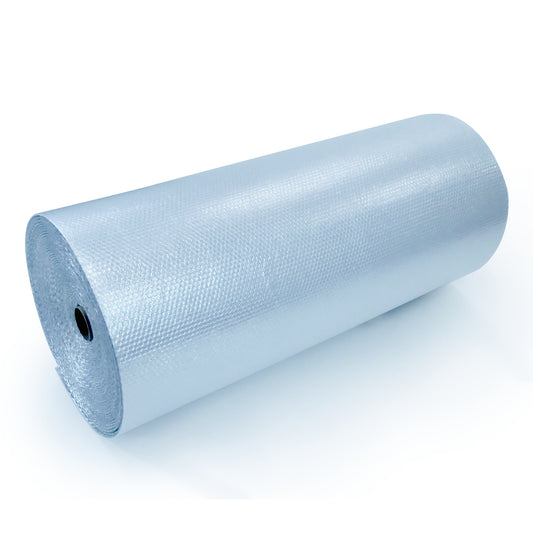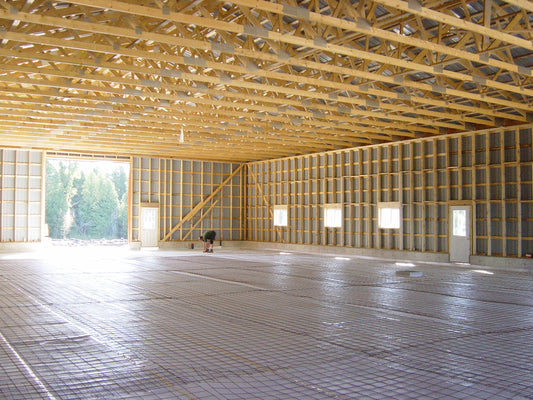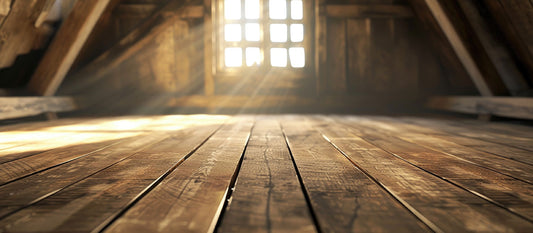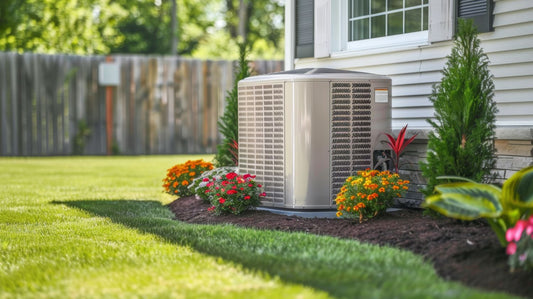Fiberglass insulation works great at slowing heat from entering your home. But if you want to completely keep the heat out, you might need to find another supporting product to do so.
To achieve an ultra-efficient insulating system, you can use both fiberglass and bubble insulation foil. By combining these two products, you will effectively stop all modes of heat transfer and maintain the climate control of your home. In addition, EcoFoil® bubble insulation is unaffected by moisture and can be used in applications that would typically ruin fiberglass insulation.
Installing this product on top of the fiberglass insulation in your walls is easy, and once they're put in, you will notice a world of difference in your home's temperature. We've laid out a step-by-step guide to properly place bubble foil over the fiberglass insulation that will help you beat the heat.
Why Use Both Fiberglass and Bubble Foil?
Fiberglass insulation and bubble insulation foil work well together to keep heat out of your home. The fiberglass works to slow the transfer of heat, while foil insulation works best at reflecting the radiant heat transfer. Both are important to keeping your home from warming up and maintaining that warmth over the course of the day.
- READ: How Radiant Barrier Works
For example, on a hot summer day, the fiberglass insulation in your roof soaks up the heat from the hot shingles, as well as the radiant heat, and retains it well past sunset. This keeps your home warmer and causes your air conditioning to work overtime in keeping your home cool. The added bubble foil insulation will help reflect radiant heat away from the house, causing less heat to be soaked up by the fiberglass insulation.

Installing Insulation in a Wall
There are two ways to combine fiberglass and bubble insulation within a wall. As with any radiant barrier product, it is necessary to have an air space on one side of the foil, because air space is what allows the foil to reflect the radiant heat waves. Both of these installation techniques meet that requirement:
With Studs on 16" Centers
- Fill the stud cavity with insulation that is 1” thinner than the depth of the stud cavity.
- Using EcoFoil® 16” staple tab bubble insulation, staple the insulation so that it is recessed 1” into the stud cavity.
- Cut out for any electrical boxes or plumbing fixtures.
- Finish with drywall.
Without Studs on 16" Centers
- Insulate with fiberglass, filling the entire stud cavity.
- Install EcoFoil® 48″ double bubble insulation horizontally across the studs.
- Seal the seams with reflective tape to seal out moisture.
- Install 1” furring strips/strapping to studs.
- Finish with drywall.
More Articles You May Like:
Can Bubble Insulation Work in My Attic?
Double Bubble vs. Single Bubble Insulation
How to Insulate a Concrete Slab for Radiant Floor Heating
What Tools Do I Need to Install Reflective Insulation?
If you have any questions or would like to share your installation ideas, please contact us by email or call 1-888-349-3645.


